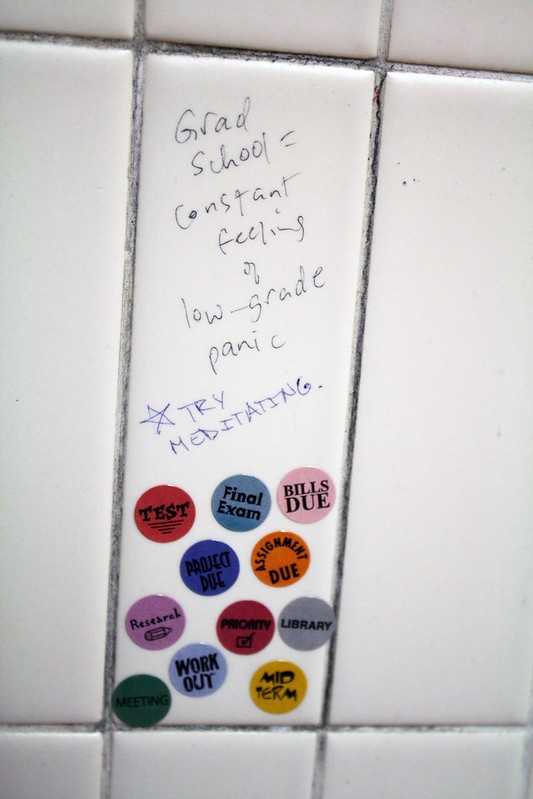Although Wikipedia is the encyclopedia that anybody can edit, not all edits are welcome. Wikipedia is subject to a constant deluge of vandalism. Random people on the Internet are constantly “blanking” Wikipedia articles by deleting their content, replacing the text of articles with random characters, inserting outlandish claims or insults, and so on. Although volunteer editors and bots do an excellent job of quickly reverting the damage, the cost in terms of volunteer time is real.
Why do people spend their time and energy vandalizing web pages? For readers of Wikipedia that encounter a page that has been marred or replaced with nonsense or a slur—and especially for all the Wikipedia contributors who spend their time fighting back the tide of vandalism by checking and reverting bad edits and maintaining the bots and systems that keep order—it’s easy to dismiss vandals as incomprehensible sociopaths.
In a paper I just published in the ACM International Conference on Social Media and Society, I systematically analyzed a dataset of Wikipedia vandalism in an effort to identify different types of Wikipedia vandalism and to explain how each can been seen as “rational” from the point of view of the vandal.
Leveraging a dataset we created in some of our other work, the study used a random sample of contributions drawn from four groups that vary in the degree to the editors in question can be identified by others in Wikipedia: established users with accounts, users with accounts making their first edits, users without accounts, and users of the Tor privacy tool. Tor users were of particular interest to me because the use of Tor offers concrete evidence that a contributor is deliberately seeking privacy. I compared the frequency of vandalism in each group, developed an ontology to categorize it, and tested the relationship between group membership and different types of vandalism.

I found that the group that had engaged in the least effort in order to edit—users without accounts—were the most likely to vandalize. Although privacy-seeking Tor contributors were not the most likely to vandalize, vandalism from Tor-based contributors was less likely to be sociable, was more likely to be large scale (i.e. large blocks of text, such as by pasting in the same lines over and over), and more likely to express frustration with the Wikipedia community.
Thinking systematically about why different groups of users might engage in vandalism can help counter vandalism. Potential interventions might change not just the amount, but also the type, of vandalism a community will receive. Tools to detect vandalism may find that the patterns in each category allow for more accurate targeting. Ultimately, viewing vandals as more than irrational sociopaths opens potential avenues for dialogue.
For more details, check out the full paper which is available as a freely accessible preprint. The project would not have been possible without Chau Tran’s work to develop a dataset of contributions from Tor users. This work was supported by the National Science Foundation (Awards CNS-1703736 and CNS-1703049).
Paper Citation: Kaylea Champion. 2020. “Characterizing Online Vandalism: A Rational Choice Perspective.” In International Conference on Social Media and Society (SMSociety’20). Association for Computing Machinery, New York, NY, USA, 47–57. https://doi.org/10.1145/3400806.3400813
Discover more from Community Data Science Collective
Subscribe to get the latest posts sent to your email.